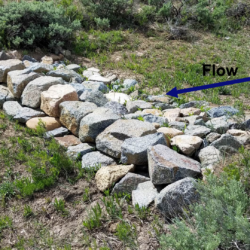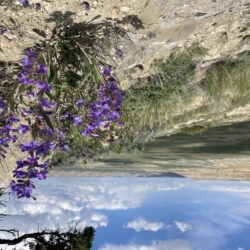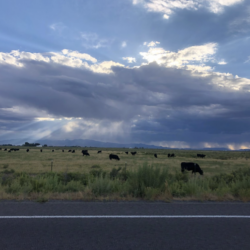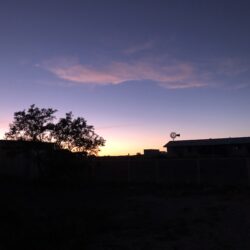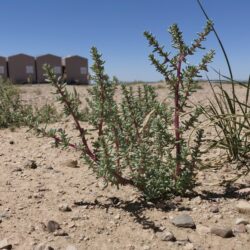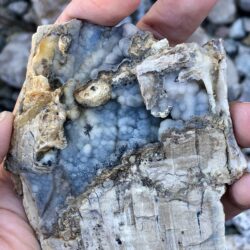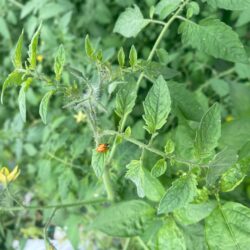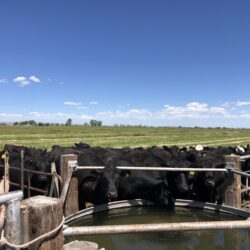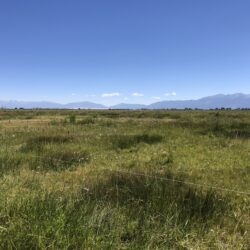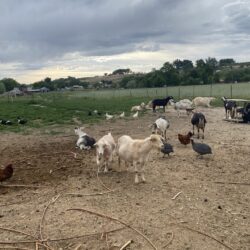Introducing Erosion Structures in Dryland Streams—Alaina Geibig
It was early in the morning, but the summer sun was already high above the horizon. I squinted, fumbling to find my sunglasses, as I drove racing against the clock to get to the project site before our partners and volunteers arrived. I slowed among a line of traffic. Traffic?! This was shocking considering I Read more about Introducing Erosion Structures in Dryland Streams—Alaina Geibig[…]

